20. The Dangers of Lead Poisoning
When it comes to lead poisoning, it’s not something you hear about too often nowadays. While lead poisoning was a problem prior to 1978 due to it being included in various products, it was eventually banned.
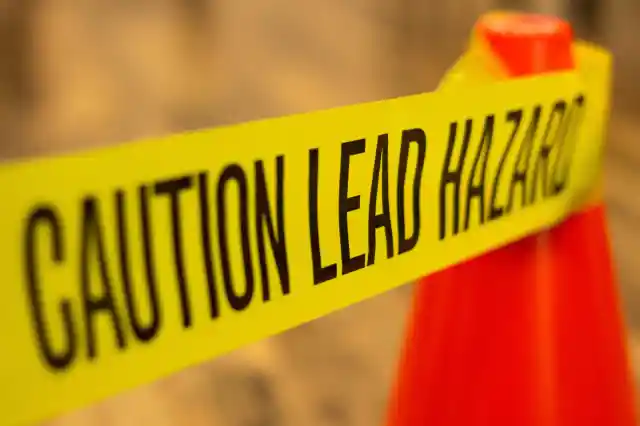

However, many older homes and buildings still have lead-based paint, which can put you at risk for lead poisoning. One of the many dangers of lead poisoning is how it can impact your health. As lead builds up in the body, it can trigger various health issues and could end up being fatal. Thankfully, there are symptoms to look out for…
19. Symptoms of Lead Poisoning
Some of the early symptoms of lead poisoning are depression, loss of appetite, and abdominal pain. However, constipation and muscle pain are also symptoms of lead poisoning.
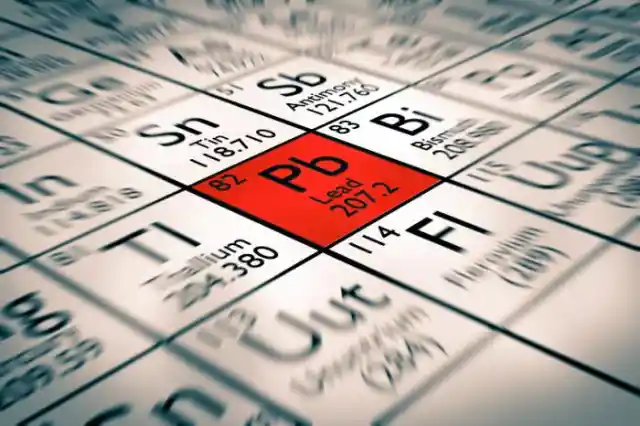
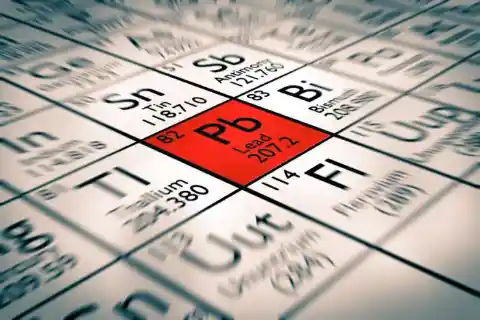
While these are all pretty generic symptoms, it does stress the importance of checking your home for lead-based products.
18. Items In Your Home
According to recent studies, there are many common household products that could contain lead within your home—whether it be the paint on your walls or toys that were made outside of the country, the risk of lead poisoning is real and shouldn’t be taken lightly.
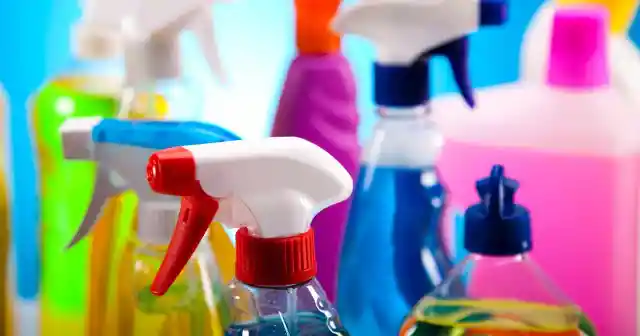
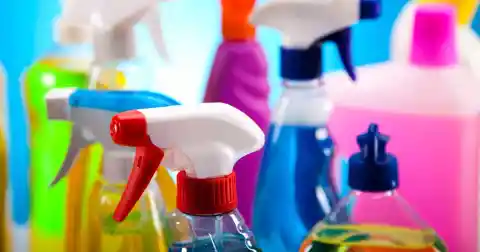
The following are common household items you can find containing lead.
17. Paint
Paint is one of the more common items that contains lead. While using lead in paint was banned in 1978, lead-based paint can still be found in older homes, schools, industrial buildings and apartments.
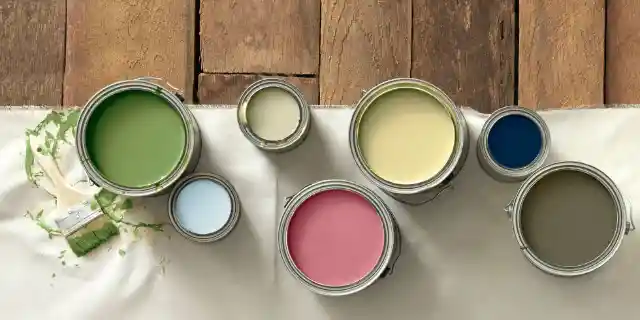

Most of the time, lead poisoning occurs from children eating the chips of old paint containing lead. It’s always a good idea to find out when the building was built to determine whether or not the paint could be a risk.
16. Household Dust
Homes that contain paint with lead usually have contaminated dust as well. As the dust circulates around the home, it settles in areas kids and babies often touch and then ingest.
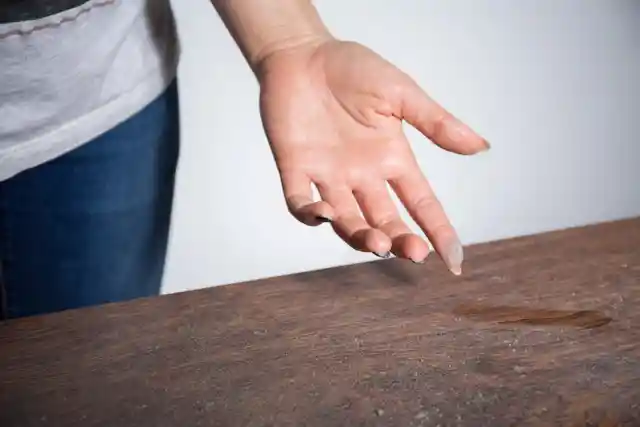
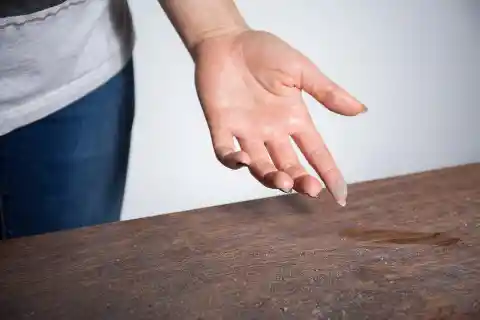
Another risk is inhaling the dust particles that contain lead, which leads to lung infections.
15. Water Pipes
It’s not the actual water source that you need to worry about being contaminated, but the actual pipes.
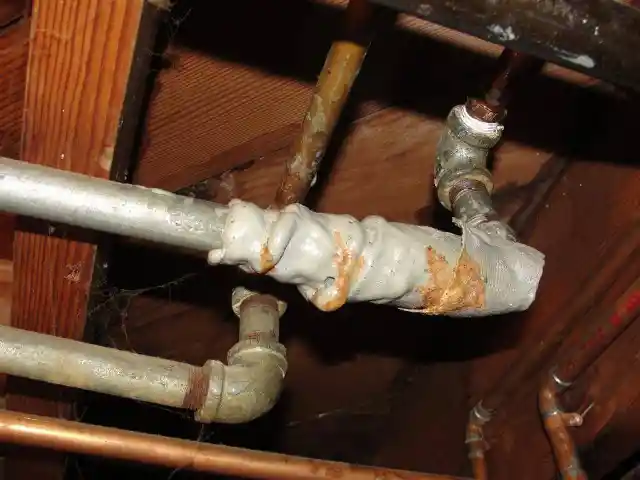

While lead pipes aren’t used these days, some older homes and apartments have water pipes that have been soldered with lead. Overtime, the lead can leech into the pipes themselves and contaminate your water.
14. Imported Canned Goods & Candy
While canned goods in the United States do not pose a risk for lead poisoning, those manufactured in other countries could be at risk because there are no international laws banning the use of lead.
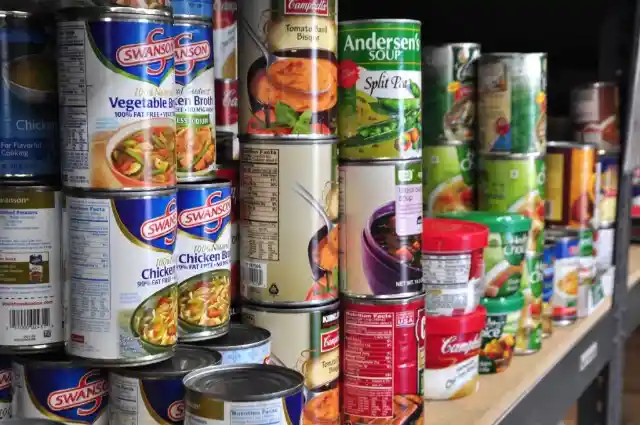
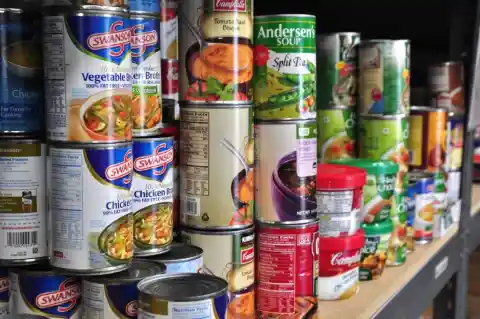
Lead can also be found in the wrappers of some imported candies as well.
13. Toys
Once again, it is important to be careful with imported goods due to the use of lead in the metals and paints. Children’s toys can be a risky item because blocks and action figures could be painted with a lead-based paint.
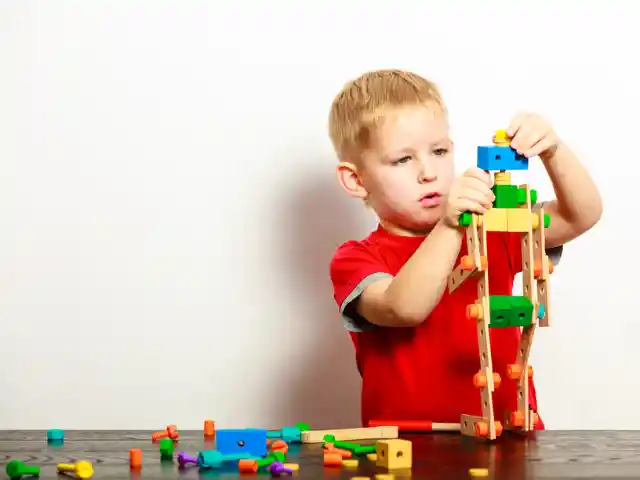

Toys that come from vending machines also could be hazardous according to the New York Department of Health.
12. Traditional Remedies
According to the Mayo Clinic, lead is a naturally occurring metal within our earth’s crust, which means remedies made from certain herbs could be contaminated with lead.
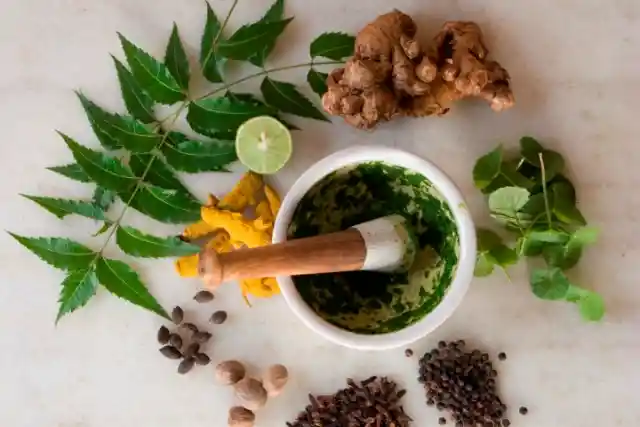

Who would have thought? A warning has been issued to avoid using azarcon or sea Coral, which has been known to be used in Hispanic remedies for indigestion.
11. Soil
For buildings that have been painted with lead-based paint, the dust and flakes of paint can end up settling in the soil surrounding the structure.
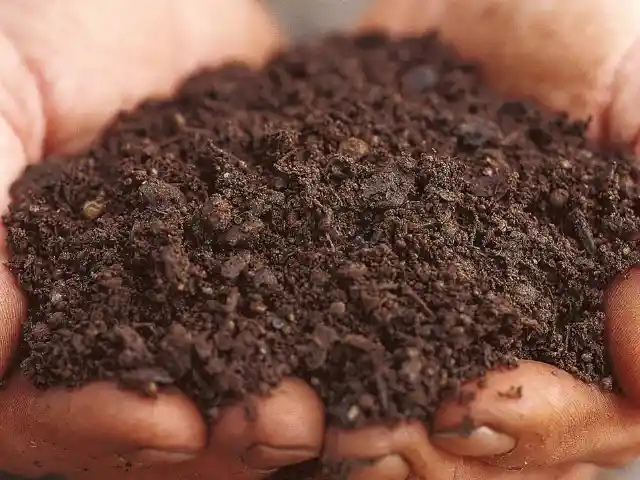
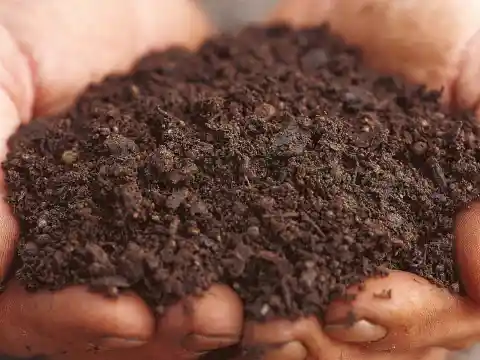
As the soil begins to become saturated with the lead molecules from the contaminated paint or dust, it can put people who come in close contact with it at risk. Who knew gardening could be so dangerous?
10. Pottery
There’s a reason you shouldn’t use glazed terra cotta pottery for food–it contains lead!


When this type of pottery is heated, it can begin to leech the lead into the food due to being porous; therefore, we suggest avoiding it at all costs!
9. China or Crystal
Household china and crystal also runs the risk of being made with lead. While this type of manufacturing practice was banned in the United States, you never know if imported china or crystal might contain the metal.

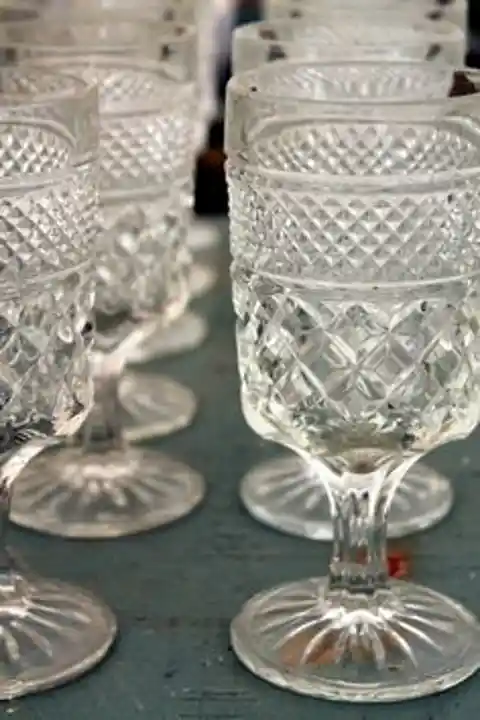
We suggest doing your research before you import anything from another country.
8. Eyeliner
One of the common ingredients in dark eyeliner is kohl, which happens to contain very high levels of lead.
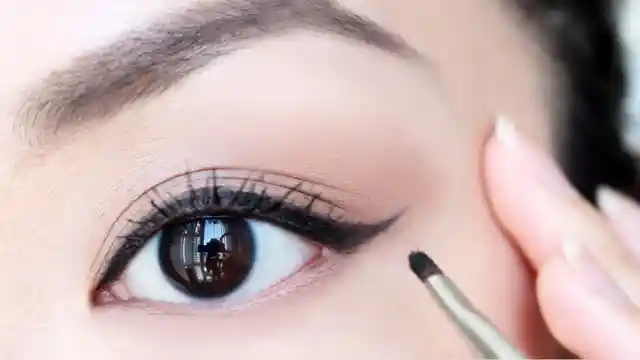
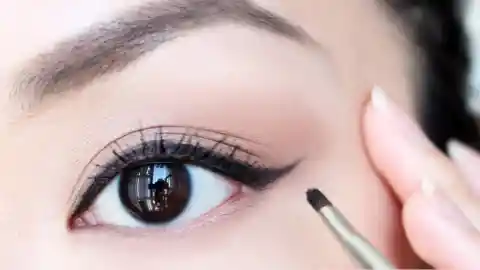
If your eyeliner is imported from the Middle East or India, please be very careful to check the ingredients. You don’t want to expose yourself to lead unnecessarily.
7. Lipstick
Studies over the last decade have found high amounts of lead in various lipsticks.
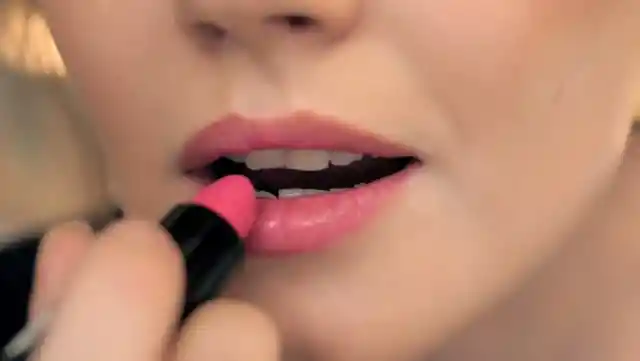

In fact, Mother Jones discovered that 61% of the lipsticks tested in their Campaign for Safe Cosmetics had traces of lead.
6. Venison
If you like to hunt, you may not be aware that you can be exposed to lead poisoning by eating game meat that was shot and killed with lead bullets.


Research has found that small lead fragments can be found in venison, which are then ingested and can lead to health problems down the line.
5. Vehicle Batteries
It has been determined that car batteries actually contain lead and many of the workers in the automotive maintenance industry are putting themselves at risk on a daily basis. Not good!
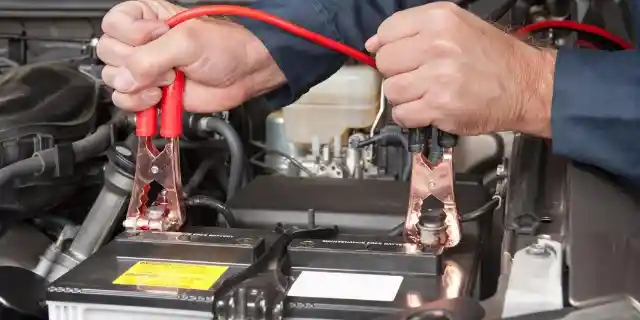
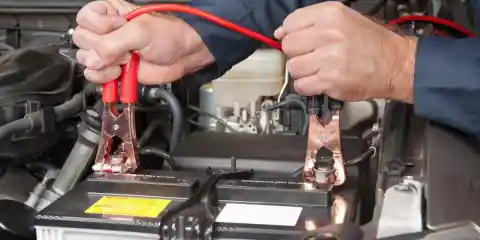
Construction workers are also at risk and are likely to be exposed to traces of lead every day they’re on the job.
4. Protecting Yourself
The Center for Disease Control (CDC) stresses the importance of protecting yourself from lead poisoning, especially if you live in an older home or apartment complex.
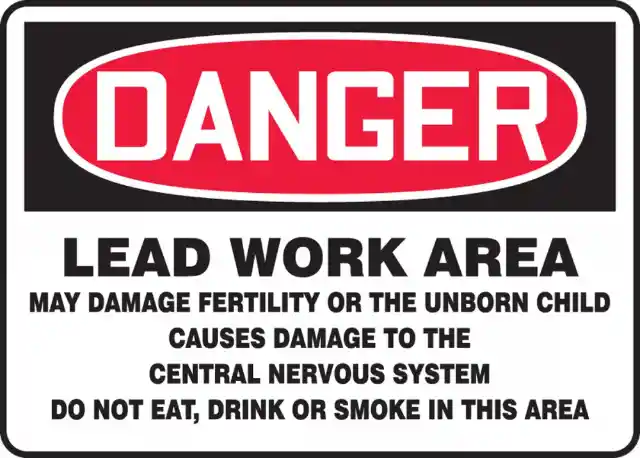

Next you’ll find some quick tips on how to prevent lead poisoning exposure.
3. Leave it to the Professionals
First off, you want to make sure to leave it to the professionals. If you suspect your home is painted with lead-based paint, do not try to remove it yourself.

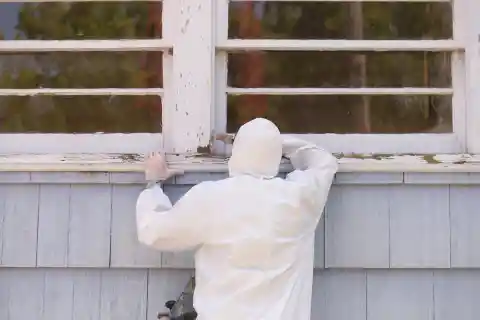
Hire a trained lead specialist that can safely remove the paint without putting you at risk.
2. Order a Lead Check Test Kit
Ordering a lead testing kit is another excellent method of prevention.
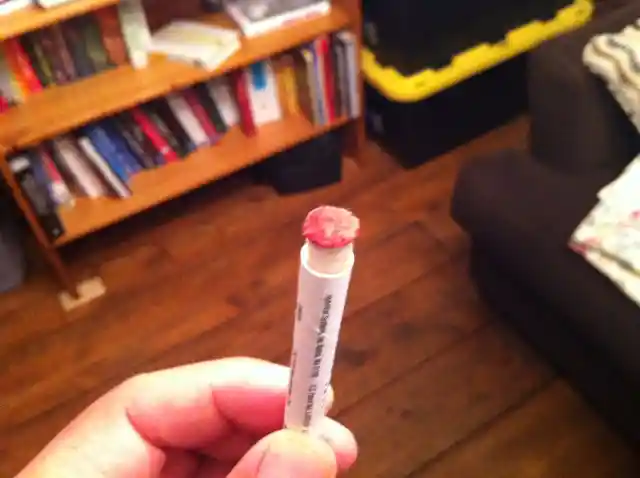
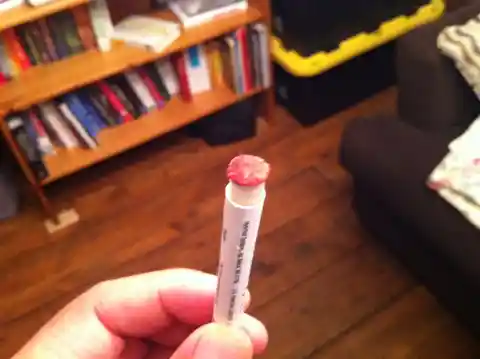
These at-home kits are super simple to use and will give you an almost instant indication on whether or not your being exposed to lead in your home.
1. Don’t Worry & Stay Safe
Now, it’s important to point out that lead poisoning is not an epidemic and you don’t need to be fearful.


However, it is important to maintain precautions. After all, your family and keeping them safe should be your number one priority.